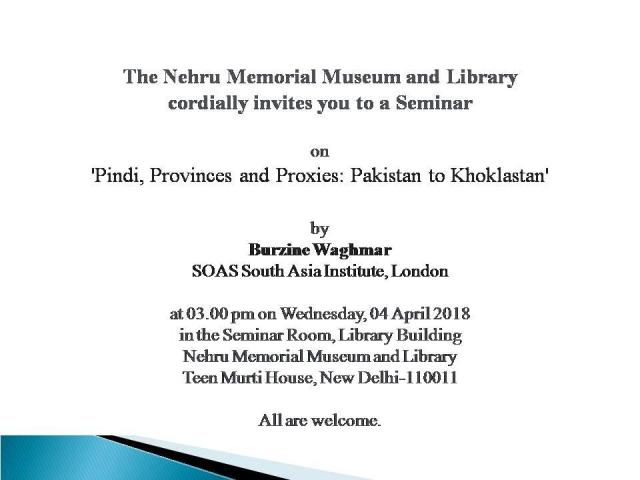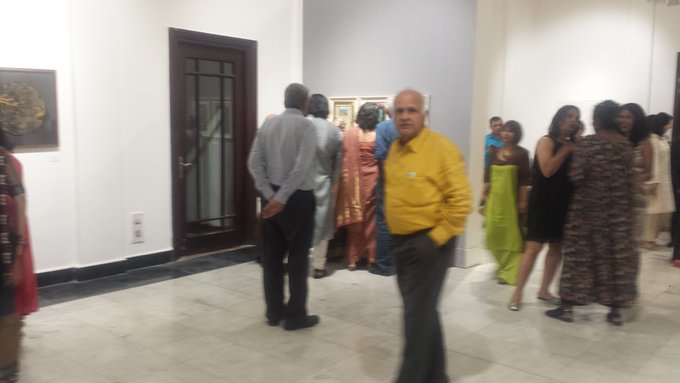Aung San Suu Kyi calls for unity
Myanmar’s de facto leader Aung San Suu Kyi has called on the people to be united for national development.
The State Counsellor made a televised address to mark the second anniversary of the launch of a democratically-elected government.
She, however, did not elaborate on how her government will deal with the issue of minority Rohingya refugees.
Ms Suu Kyi also said, the world’s focus is on the Rakhine state right now, but people also need to peacefully develop the country.
Carlos Alvarado next President

Carlos Alvarado, the candidate from the ruling Citizen Action Party (PAC), won Costa Rica’s presidential runoff with 60.74 percent of the vote, according to the latest results released by the country’s electoral tribunal on Sunday evening.
With 95.58 percent ballots counted, Carlos Alvarado gained 60.74 percent of the vote, and his rival, Fabricio Alvarado, an evangelical candidate from the National Restoration Party (PRN), obtained 39.26 percent of the vote, according to the results.
The two Alvaradoes are not related.
In a speech to supporters, Fabricio Alvarado conceded defeat but said that this is not a defeat for his movement, since he went from practically having no options in the race to leading in the first round of the presidential election in February, and to contesting the presidency of the country.
He also promised to make his movement available to help correct the most pressing problems in Costa Rica.
The election exposed divisions in the Central American country, particularly concerning same-sex marriage, which had been heatedly debated during the campaign in this traditionally conservative nation.
Fabricio Alvarado has campaigned on the pledge to rescue “principles and values” by opposing gay marriage.
Carlos Alvarado, a former minister, came out in favor of gay marriage and has slammed Fabricio Alvarado for campaigning on a single issue and having no plan for government.
Defunct Chinese space lab hit S Pacific
Tiangong-1 re-entered the Earth’s atmosphere on Monday, China bade farewell to the experimental space lab and pathfinder for its space station.
The space lab entered the atmosphere over the South Pacific at around 8:15 a.m. on Monday, and was mostly burnt up in the atmosphere, the China Manned Space Engineering Office (CMSEO) said.
A defunct Chinese space lab hurtled through Earth’s atmosphere today, breaking up into pieces as it headed towards a watery grave in the South Pacific. Moments after predicting a slightly later re-entry over the Atlantic, China’s Manned Space Engineering Office said, the eight-tonne Tiangong-1 mostly burnt up above the vast ocean’s central region.
A defunct Chinese space lab hurtled through Earth’s atmosphere today, breaking up into pieces as it headed towards a watery grave in the South Pacific. Moments after predicting a slightly later re-entry over the Atlantic, China’s Manned Space Engineering Office said, the eight-tonne Tiangong-1 mostly burnt up above the vast ocean’s central region.
Tiangong-1 was launched in 2011 to carry out docking and orbit experiments. It was part of the country’s efforts to build a manned space station by 2022 but stopped working in March 2016.
Launched from Jiuquan Satellite Launch Center in northwest China on Sept. 29, 2011, Tiangong-1 tested docking technology to prepare the way for the coming space station. It docked with Shenzhou-8, Shenzhou-9, and Shenzhou-10 spacecraft. Six astronauts, four men and two women, spent time in the lab.
In June 2013, Wang Yaping gave her famous physics lesson to students on Earth from the lab, inspiring nationwide enthusiasm for science and space exploration.
Tiangong-1 was in service for four and a half years, two and a half years longer than its designed life, making important preparations for a permanent space station to be put into orbit around 2022.
Huang Weifen, deputy chief designer at the Astronaut Center of China, said, “Tiangong-1 will go down in China’s space history. It helped us accumulate precious knowledge for work on the space station.”
“Although Tiangong-1 was only a transitional platform between the spaceship and space station, it was key to our development of docking technology, and demonstrated the possibility of long stays in space for Chinese astronauts. The fervor aroused among Chinese is invaluable,” said Bai Ruixue, a former space journalist and now CEO of a commercial space education project.
“When I was reporting on the docking between Shenzhou-8 and Tiangong-1 from the Beijing Aerospace Control Center in November 2011, many people had tears in their eyes when they saw the two spacecraft, like two specs of dust floating in the vast universe, connect with each other. It’s a kind of romance created by science and technology,” Bai recalled.
“Tiangong-1 has carried the space dreams of millions of Chinese. Although only a test base for future projects, it has had far-reaching effects,” said Mao Xinyuan, a space science columnist.
China new tariffs on US imports
On worldwide objections, the U.S. administration decided to impose a 25-percent tariff on steel imports and a 10-percent tariff on aluminum, with tariffs on imports from countries including China.
In retaliatory acts, China said, it is rolling out new tariffs on US meat, fruit and other products as retaliation against taxes approved by US President Donald Trump on imported steel and aluminum.
The Chinese Finance Ministry said in a statement that the new tariffs come into effect from today. The announcement follows warnings Chinese officials have made for several weeks in an escalating trade dispute with the United States.
China imposed tariff on 128 products.
China suspended tariff concessions on 128 items of U.S. products including pork and fruits starting Monday, according to the Ministry of Finance.
The Customs Tariff Commission of the State Council has decided to impose a tariff of 15 percent on 120 items of products imported from the United States including fruits and related products, and a tariff of 25 percent on eight items of imports including pork and related products from the country, according to a statement posted on the ministry website.
The statement said it was a countermeasure in response to a previous U.S. move to slap tariffs on steel and aluminum imports.
5.3-magnitude earthquake hit western Iran
5.3-magnitude earthquake strikes western Iran
At least 38 people received minor injuries after a 5.3-magnitude earthquake hit Kermanshah province in western Iran, a spokesman for the country’s medical emergency services said. The quake struck 9km from the town of Sarpol-e Zahab at a depth of 10km, the US Geological Survey said. The region was hit by deadly 7.3-magnitude quake in November 2017, which killed over 400 people and injured thousands more.
“Pindi, Provinces and Proxies: Pakistan to Khoklastan”
Invitation for NMML Seminar_”Pindi, Provinces and Proxies: Pakistan to Khoklastan” by Burzine Waghmar_04 April 2018_ 3.00pm

GLOBAL ECONOMIC MONITOR (MARCH, 2018)

The global growth continued to strengthen and rose in the second half of 2017, driven by strong investment and trade developments across the nations. The growth momentum is broad-based with strengthened activities in most of the countries over the last year including stronger-than-expected outcomes in the euro region, Japan and United States, continued fast expansion in China and improving conditions for commodity exporters.
International Monetary Fund’s in its report “Global Prospects and Policy Challenges” notes that financial conditions remain supportive despite the recent equity market turmoil in the world. A strong rebound in investment and international trade is supporting the global expansion led by advanced economies. The picture in emerging economies is more mixed, with higher commodity prices sustaining the recovery in commodity exporting countries. Also, Euro area growth has been the highest in a decade and strong global trade boosted activity in Asia, with China benefitting from continuing fiscal and credit stimulus.
While headline inflation is being pushed up by oil prices, it remains below target in many G-20 countries. In the United States, which is now close to full employment, signs of rising inflation and wage pressures are being watched closely by policymakers and financial markets alike.
In line with the strengthening cycle, policy rates among advanced economies are beginning to normalize, with a sequence of cautious interest rate hikes in the United States and in other countries. The Fed is also gradually reducing the size of its balance sheet and the European Central Bank has started to taper its large-scale asset purchases. Long-term market interest rates increased notably—driven by concerns about inflation—and there was a spike in equity market volatility, but broad financial conditions are still supportive by historical standards.
Going ahead, growth is set to slow, however, as the global cycle matures further one important factor will be the gradual tightening of financial conditions under the baseline. As inflation is expected to rise due to reduction in residual slack of higher growth including lowering unemployment where it is still elevated and reducing involuntary part-time work—monetary policy will gradually normalize, leading long-term interest rates higher. At the same time, there will be an end of some of the temporary fiscal support behind current growth.


























